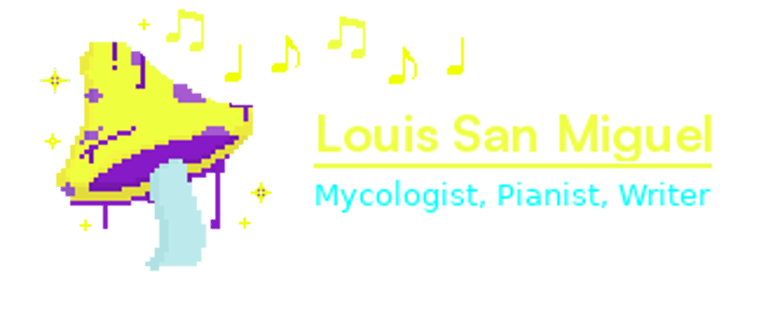How Mushrooms Taught Me to be Resourceful
5/2/20234 min read
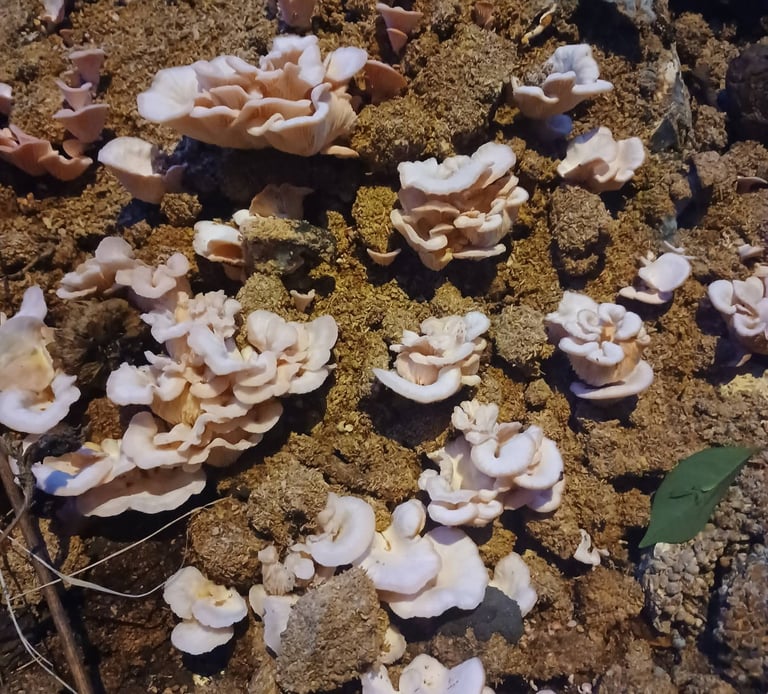

Over the years I’ve learned a few things from working with natural systems and organisms. One of the primary thing is being resourceful.
When I first started learning to cultivate I was hunting for information.
There were no mycology programs in Texas, no mushroom farms in San Antonio, and no one teaching this stuff. So I applied this one principle I learned from Brian Tracy’s book, “No Excuses”, which was to learn from the experts.
Anytime I want to learn something, I look for someone who’s lived it their whole lives. I seek out those hard earned lessons that you can only earn through devotion to the craft. You don’t have to suffer to learn hard lessons, cut the learning curve and seek guidance from the best.
So I went exploring the internet and public libraries and found the books from some of the top mycologists in the industry.
I came across a few of Paul Stamet’s videos and was really digging what he was sharing. I grabbed his book Mycelium Running and that’s when the big picture started to make more sense to me. I had been gardening for a while and got the basic concepts of composting, soil building, bioavailability, etc. but fungi are what really brought to my awareness the expansiveness of the natural world and its systems.
So, how did fungi teach me to be resourceful?
For one, oyster mushrooms can grow on nearly anything you feed it and have the capacity to break down hydrocarbons in soil; this was in one of Stamte’s videos. Since the oyster can grow on cardboard, coffee grounds, straw, mulch, leaves, etc. I started looking at the world a bit differently.
I thought, “can mushrooms grown on that?”
“This is a shady moist place, I bet there’s some mushrooms around here?”
“What if we grew plant pots made of mycelium instead of using plastic cells?”
“Invasive species? Why don’t we use fungi to turn the invasives into food or medicine?”
“So, if you can root plants by taking cuttings, can’t I just grow an abundance of plants?”
“So, I can basically grow an infinite amount of mushrooms?”
I’d also see the moo moos (cows) driving on the highway and think of how valuable their manure is to an organic growing system.
In a sense, I was starting to think like a mushroom. There were endless ideas and curiosities that came to me which brought excitement and a degree of humility. I had no idea there was this much happening “outside”; what a joy.
Here are some “resourceful” ideas that came to me:
– When you get those flyers for brush pick up, that means there will be logs for mushrooms, or Hugel mounds, or for garden borders.
– Bags of leaves at the curb can be used for compost, mulch, fungi food
– Growing on free mulch and logs from a local arborist.
– Coffee grounds from the local cafe can be used for growing fungi or for compost.
– Spent mushroom blocks can be buried in the garden, added to compost systems, and be used as planters.
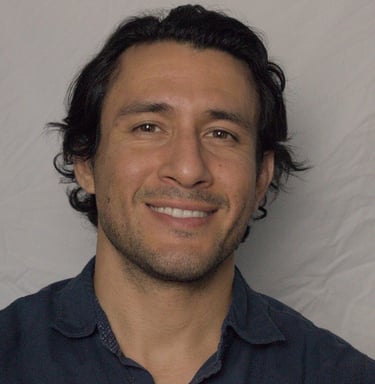

Stay Real,
Louis San Miguel
– I applied the idea of propagation and started a small nursery by purchasing some plants from the nursery and using those to propagate (clone) from.
– Saving seeds. I know, right? Hey, I didn’t know back then what I know now lol
– I needed a computer to operate my business. At the time I was doing IT service and a client was disposing of their old computers. There were production grade workstations being tossed out. So I grabbed a few workstations and a printer; a printer I still use to this day. I’ll go deeper into my technology stack at a later time 😉
– It was one connection after another that had me realize that I was now in a totally different world than I used to know; the world was revealing itself to me.
Hopefully you can understand a bit of what I mean when I say nature started to guide me and how the practice of being resourceful started. Perhaps you have felt this yourself after spending more time in nature. There’s a type of communication that’s taking place that isn’t in your spoken language; it’s something deeper.
I followed that “something” which led me to the Peruvian Amazon, the Sacred Valley and onward. It was after deep communion with nature that I was asked to teach what I’ve learned. Not only mycology, but everything that has helped me on my journey and which makes this world beautiful. By practice, I’ve actually become the resource that I needed when I was first starting out on this journey. Funny how things work out.
Remember that, YOU are the source. So be resourceful 😀
May this article communicate that which my words could not touch and inspire you to explore the hidden dimensions of nature when you seek refuge from the world.
I look forward to seeing you sometime in the future at one of our workshops. Until then, a quote from one of the OG’s.
“Trust the fungus” – Mario
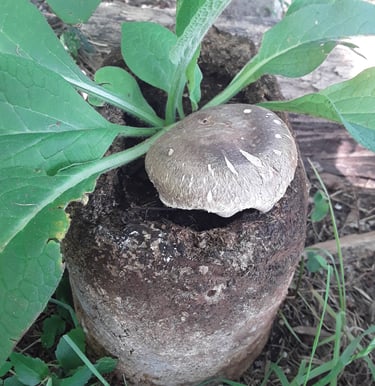


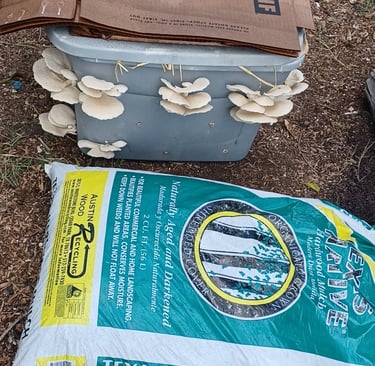
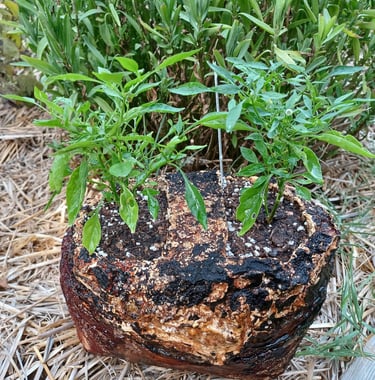

Shiitake growing out of old production grow block.
Mushroom patch installation with local oysters.
Thai peppers growing in a planter made of reishi mycelium.
